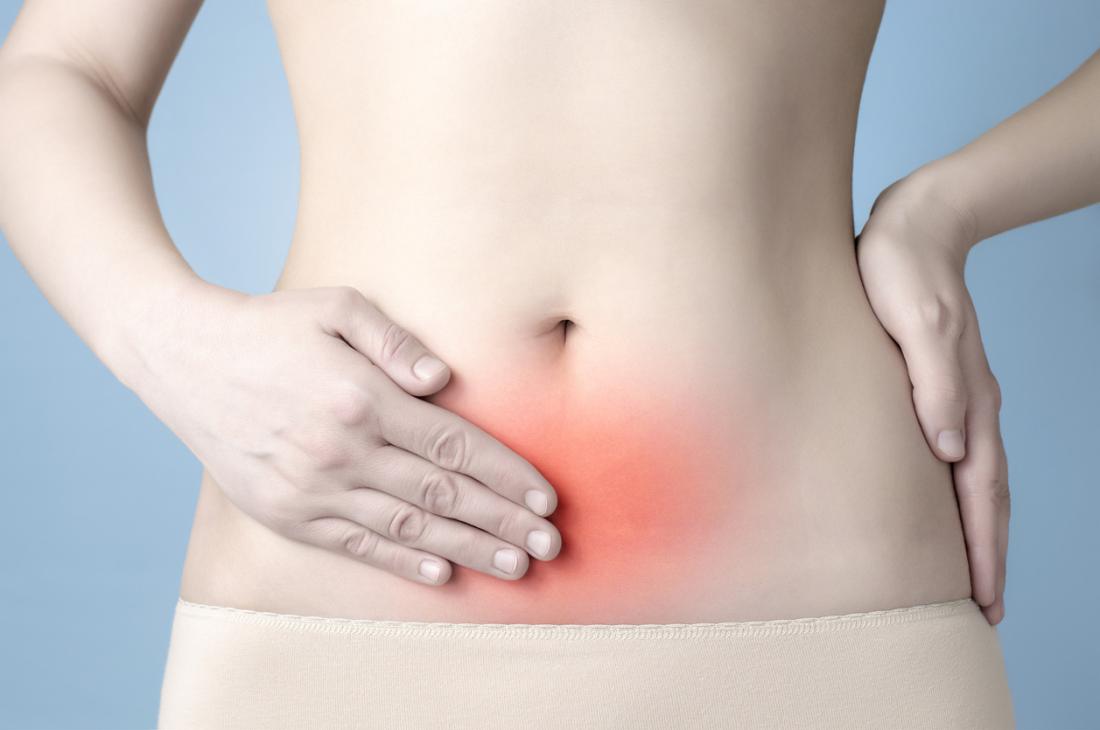In medical terms, endometriosis occurs when the tissue that makes up the uterine lining is present on other organs inside your body. In reality, endometriosis is a complex, painful, difficult to treat condition, which affects the lives of millions of women, sometimes to a crippling extent.
March 1st will mark the 6th edition of Worldwide Endometriosis Month, a global effort to increase awareness on one of the most serious, but also one of the most underrecognized conditions affecting the female population. According to the World Endometriosis Society, one in ten women of reproductive age suffers from this condition – that’s more than 175 million women – and it takes an average of 7 ½ years for them to get the diagnosis.
Endometriosis is more than period cramps
During a normal menstruating cycle, the endometrial tissue in the uterus is shed every month. In endometriosis, for causes that have not yet been discovered, the endometrial tissue forms in other areas of the body as well, such as the pelvis or the lower abdomen, where it continues to thicken, break down and bleed. Except, it has no way of being released outside the body, which causes severe inflammation. As a result, women with endometriosis experience extreme pain (called dysmenorrhea), at any time of the menstrual cycle, not just when they’re on their period. This pain can also appear during sexual intercourse and it’s also associated with vomiting, fainting, fatigue and, in the long run, infertility.
It took nearly a century for researchers to understand the difference between endometriosis and the usual period cramps, and the figures and worrying: most women don’t know they have until they reach their 30s and have to see 5 or 6 experts to get the accurate diagnosis. For many years, medical professional treated pain differently in women than in men, counting it as normal even though it was not. The famous 2001 study The Girl Who Cried Pain explains the shocking bias against women in the treatment of pain, a bias which halted scientific research for decades. Centuries even, if you count the fact that women are historically untrusted to understand their bodies and that in ancient times women with PMS symptoms were diagnosed with hysteria. Now, endometriosis is the most alarming gynecologic issue, accounting for more than 40% of infertility cases. Doctors don’t know what causes it and there is no known cure. Only ways to manage it.
Unlike period cramps, which are low to medium intensity and only last for a few hours, endometriosis causes severe, continuous pain that can even become debilitating. Women who suffer from this condition often can’t function normally, they have to skip work and school days and sometimes have difficulty standing up. In the most severe form of the condition, the pain can become so intense that fainting or vomiting occurs and women have to be rushed to the ER. Unfortunately, that’s another problem, because the standard pain medication administered there provides little relief.
Living with endometriosis
There is no known treatment for endometriosis. Laparoscopic surgery, which removes endometrial tissue from outside the uterus, is the last resort, and even then, it’s not a long-term answer, because the tissue forms again. Hormone therapy is also available, but not widely preferred, because it either puts the woman in an artificial pregnancy state or an artificial menopausal state. In other words, while she’s under therapy, her hormones are turned off, she doesn’t get her periods and can’t get pregnant either. The many counterindications also make many women skeptical of hormone therapy, so they are forced to adapt their life to this condition. When pain medication just doesn’t work well enough, there are some lifestyle changes that can help:

- Eat more fruits and vegetables. Some research suggests that there may be a link between endometriosis and high red meat and fat consumption, whereas women with diets rich in fruits, vegetables and omega-3 were 22% less likely to have this condition.
- Stay active. Working out regularly can help relieve pain and decrease its intensity in the long run. You don’t need to have an intense routine; research shows that light exercises, such as yoga and stretching, work as well.
- Manage stress levels. Living a stress-free life doesn’t mean your pain will go away, but stress will certainly make it worse.
- Research alternative therapies. Alternative remedies such as Ayurveda, massage and herbal medicine may help with pain management. Also, early research suggests that CBD oil and cannabinoids can act as effective analgesics. Whoopi Goldberg, who has spoken up about her endometriosis, even has her own line of cannabis products that treat menstrual pain.
The case for menstrual leave and the stigma surrounding periods
Menstruation is a normal physiological process that women go through, and that should be a good enough reason to dispel the stigma around it. In recent years, public figures like Lena Dunham, Crissy Teigen and Megan Markle have spoken up on reproductive health in an effort to raise awareness. Stigma is the very reason why endometriosis has flown under the radar for so many years and that needs to stop.
A workplace reform advocating for menstrual leave has been in the works for several years, both in the UK and the United States, but the drafting of new legislation isn’t enough on its own. After all, legislation and projects of this type exist in several other countries. In Bangladesh, for instance, where the garment manufacturing industry is made up mostly of women, the major clothing companies here have set up HERproject, an initiative to empower working women and increase their confidence.
In India, it is a trend among private companies to enact menstrual leave policies. Meanwhile, Japan, Indonesia and South Korea have already recognized menstrual leaves, but implementation rates are low. Many women continue going to work in spite of severe period pain, for fear that taking days off would leave them out of lead positions, justify lower pay and because society in general discourages this practice. Legislation is just the first step. In order for it to achieve its purpose, first we must normalize women’s health issues and understand that the symptoms of endometriosis are not in women’s heads, there’s not exacerbated and that taking days off for them is not a sign of weakness.


